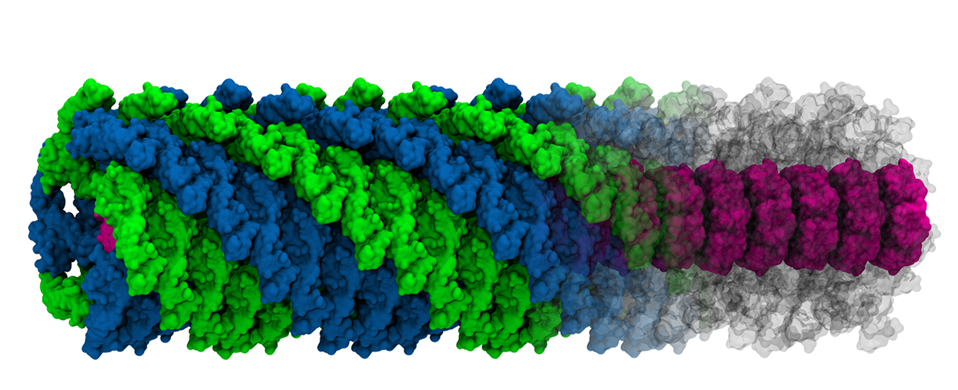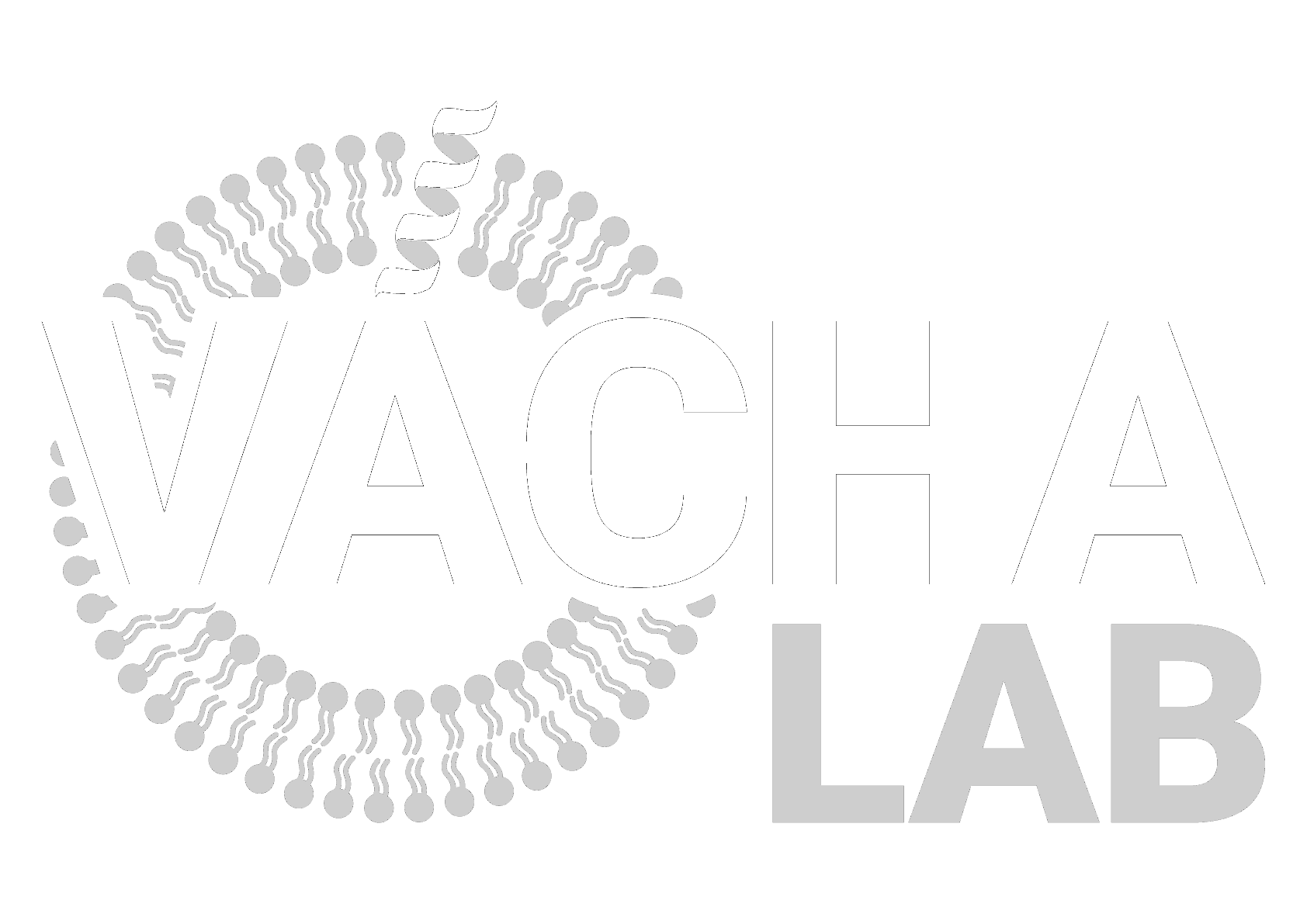
Protein-Protein Research
Liquid-Liquid Phase Separation
Liquid-liquid phase separation is a fundamental biological process where biomolecules like proteins and nucleic acids demix from the surrounding solution to form concentrated, dynamic droplets without membrane boundaries, sometimes described as membrane-less organelles. These structures play crucial roles in cellular organization by compartmentalizing biochemical reactions and regulating various cellular functions such as signaling, stress responses, and gene expression. A key example involves the largest subunit of RNA polymerase II (RNAPII), called RPB1, which contains a low-complexity, evolutionarily conserved, intrinsically disordered carboxy-terminal domain (CTD) composed of repeated heptapeptide motifs. The CTD is targeted by specific kinases and can be phosphorylated at several positions within the heptapeptide motif. These phosphorylation patterns, known as the "CTD code," change throughout the transcription cycle, orchestrating the recruitment of specific factors. TUnderstanding these assembly mechanisms provides valuable insights into cellular organization and the regulation of transcription, with broader implications for diseases associated with dysfunctional phase separation.

Interactions of Viral Proteins
Our research focuses on the protein-protein interactions between viral protomers to understand the stability of viral capsids and the mechanisms that trigger genome release. To investigate these processes, we developed a custom, highly coarse-grained model of viral capsids, which we combine with higher-resolution models to study how factors like protomer interaction patterns and their strength, overall capsid stiffness, and genome compactness influence capsid stability and release pathways. By comparing our molecular dynamics simulations to cryo-electron microscopy images of viruses, we classify the observed release mechanisms and evaluate their effectiveness. Insights from these interactions could guide the design of compounds that stabilize viral capsids, potentially blocking genome release and preventing infection. Furthermore, our findings could aid in developing virus-like nanoparticles for targeted drug delivery, applying viral strategies for therapeutic applications.

